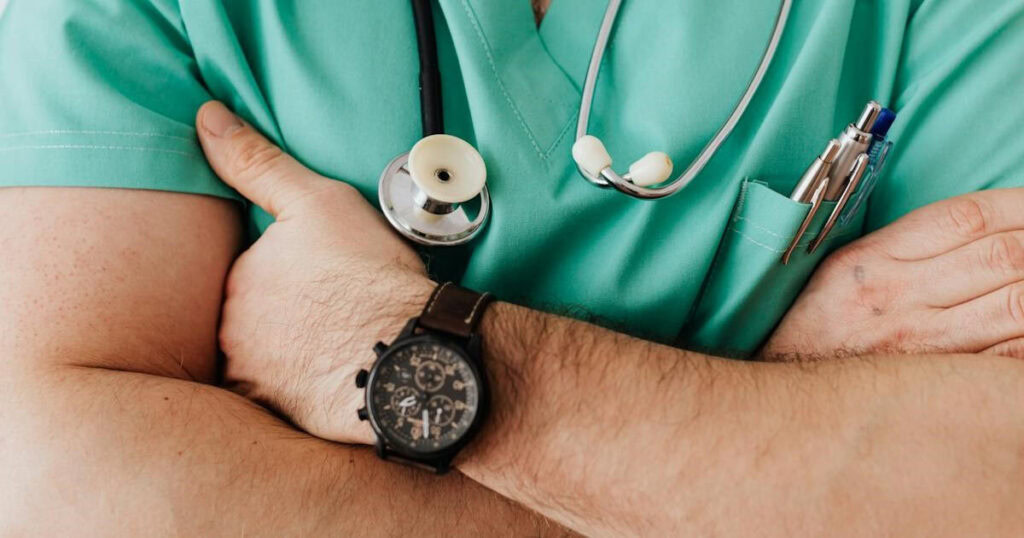
The largest gland in the human body, the liver performs a series of essential functions for the body, but on the other hand, it can be susceptible to certain diseases, which can cause it to stop working and result in different types of problems. Continue reading this content to find out which diseases affect the liver!
Types of liver diseases
It is quite possibly the most imperative organ in the body. A portion of the undertakings the liver acts in our bodies incorporate sifting our blood, putting away supplements, and gathering fat as an energy source.
However, whenever there is a problem, the liver needs immediate attention. See liver diseases below!
1. Viral hepatitis
It is an infection that affects the liver, causing mild, moderate, or severe changes. These are diseases when they do not present symptoms and when they present signs, in most cases they are:
- Fever;
- Dizziness;
- Tiredness;
- Malaise;
- Abdominal pain;
- Vomiting;
- Jaundice;
- Nausea.
2. Cirrhosis
Cirrhosis is an ongoing irritation that goes after the liver, causing the development of knobs and sinewy tissue there that hinder the organ’s usefulness. It regularly creates because of different issues, like greasy liver.
This sickness can likewise emerge because of liquor misuse, viral diseases, or the utilization of explicit meds. Despite the fact that it isn’t reparable, cirrhosis can be controlled.
3. Liver cancer
This is an illness that, as the name recommends, influences the patient’s liver. A harmful cancer regularly doesn’t cause side effects in the beginning phases, yet does as such as the sickness advances, causing side effects, for example,
- Belly pain;
- Weight loss without apparent cause;
- Abdominal swelling;
- Yellow eyes and skin.
This disease can be caused by a number of factors, such as:
- Genetics (family history);
- Alcoholism;
- Cirrhosis;
- Hepatitis;
- Vinyl chloride or arsenic products.
4. Liver failure
It is a disease that develops when the liver fails to function during the body’s detoxification process and other metabolic functions. Liver failure is caused by chronic diseases that affect this organ.
Additionally, a patient may experience moderate symptoms such as jaundice and swelling as well as severe symptoms including brain injuries if treatment is not taken.
5. Liver fibrosis
It is the liver healing process due to the recurrence of injuries to the organ. Over time, fibrosis has the potential to develop into cirrhosis, affecting all aspects of your function.
Fibrosis itself does not cause symptoms. When it does, it is due to the problems that cause this scarring. The progression of cirrhosis can lead to liver cancer.
6. Fatty liver
Hepatic steatosis disease, also known as fatty liver, is a condition caused by excess fat in the organ, as a result of:
- Bad eating habits;
- Excessive consumption of alcoholic beverages;
- Obesity;
- Diabetes ;
- High cholesterol.
This is one of the diseases that affect the liver, linked to the symptoms of problems that we listed previously, but which initially have no symptoms.
What are the symptoms of someone who has a liver problem?
The absence of symptoms for most diseases in their initial stage is one of the factors that make liver treatment difficult. However, it is possible to notice certain signs, for example:
- Yellow skin and eyes (jaundice);
- Abdominal pain and swelling;
- Itchy skin;
- Dark urine;
- Constant fatigue;
- Loss of appetite.
It is important that you get medical assistance if any of these symptoms are noticed more persistently. Early diagnosis is a vital tool for successful liver treatment.
What is the test to detect liver problems?
Finding the base of the issue and its stage is vital for guiding treatment of the impacted region. Your PCP might arrange various tests to figure out what the issue is, the most well-known of which are:
Blood tests
They are known as liver capability tests and are utilized to analyze explicit issues or hereditary circumstances that are not normal in the liver.
Image Tests
The use of ultrasound, MRI, and CT scans serves to reveal any internal damage to the organ.
Liver elastography
This exam measures the degree of fibrosis (scarring) of the liver, becoming a type of diagnosis to evaluate and quantify liver damage. The examination is done using Fibroscan, as well as ultrasound or magnetic resonance equipment.
Biopsy
A biopsy involves taking a sample of tissue from the liver and can be used to diagnose liver disease and the extent of damage.
What is the treatment for people with liver disease?
The kind of illness and its transformative phase will decide the sort of treatment to be utilized. At the point when distinguished early, explicit meds and a solid eating regimen are normally sufficient to monitor the sickness, particularly on account of hepatic statuses.
Keratectomy, which is a high level malignant growth treatment for cases that don’t begin in the liver, is a choice that your primary care physician can utilize if fundamental.
The most suggested treatment is transplantation in the most confounded instances of hepatocellular carcinoma (or, all the more explicitly, when the illness at first shows itself in the liver) with little growth and cirrhosis, particularly when it arrives at the stage where it takes steps to cause liver disappointment.
How to prevent liver disease?
To prevent these liver diseases, just adopt some very simple actions on a daily basis, such as:
- Avoid excessive consumption of alcoholic beverages;
- Eat more healthy foods;
- Do not share the use of syringes;
- Use a condom in all sexual relations;
- Do not come into direct contact with other people’s blood and body fluids;
- Avoid using medicines without medical advice;
- Do not smoke;
- Practice physical activities;
- Get all vaccines;
- Drink plenty of water.


